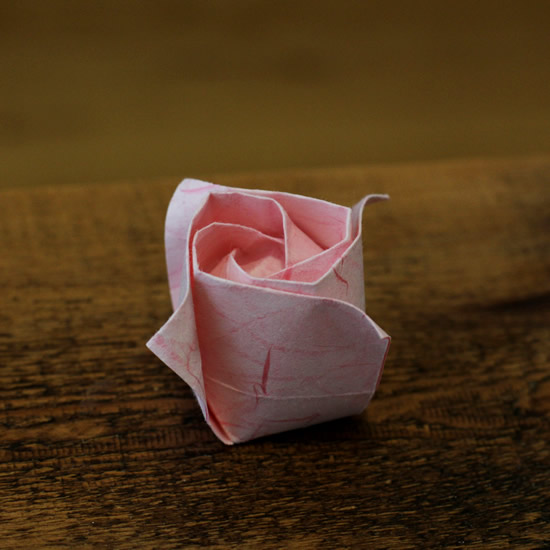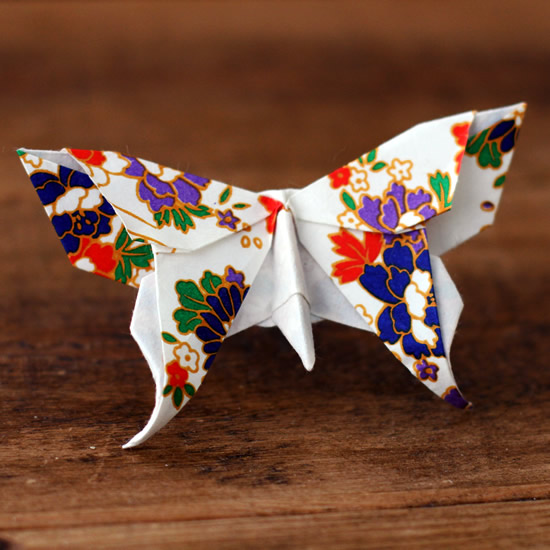Origami ignores the separation between the image and the paper. The paper becomes part of the image, and is twisted and folded until it is the picture, not merely the surface on which it lies.
– John D. Barrow, The Artful Universe
As a young boy I discovered that my slightly unusual long fingers lent themselves to two skills: playing the violin and creating intricate paper objects. My days spent folding paper began rather conventionally with numerous paper aeroplanes regularly littering the house. Over time I discovered there were increasingly intricate plane designs that could all be made from that identical single sheet of paper, and from this stemmed a fascination with the world of origami. It was something I learned alone and, at the time, libraries provided the only accessible source of new designs and I would hunt down whatever books I could (as with most things, the Internet now provides far superior learning tools with instructional videos that are much easier to follow than often perplexing diagrammatic representations), sometimes exasperating my parents slightly at the speed with which I could demolish a fresh stack of paper.
Whilst the hobby lasted a few years, it gradually faded, though it still had unexpected benefits years later. When a girl first accepted and then confusingly rebuffed my advances, I folded and left her a small white crane as a simple token to say “no hard feelings”. Unbeknownst to me, paper cranes had particular significance in her life and that small piece of paper led us into a lengthy relationship.
A few months ago I found myself in a bar, killing time and chatting to the bartender Rachel over a martini. As we spoke, my hands started fiddling idly with a flyer and absently folding. I realised that I could still produce a few designs etched into the memory of my fingers if not my mind. It reignited my interest in the art, although the reason only gradually emerged. I know that I routinely feel the need to engage in some manner of creative pursuit and typically this takes the form of photography or writing. However, there seems to be a more specific urge at times to create something. Painting always felt different as a result, due to the physical result that could be held, inspected, displayed. Crafting something from a single sheet of paper, even more so.
I recently bought a pack of traditional washi, handmade Japanese paper that is tougher than standard wood pulp paper and excellent for art forms like origami and shodo. I tend to trial new origami designs first on larger sheets of cheaper paper so I can learn how they work and make alterations, but folding with washi can actually make some intricate techniques much easier due to the way it adopts folds and resists crumpling. My first project (illustrating this post) was a small gift for two performer friends of mine, based on their stage names, Tempest Rose and Jolie Papillon: The Rose and The Butterfly.



Leave a Reply